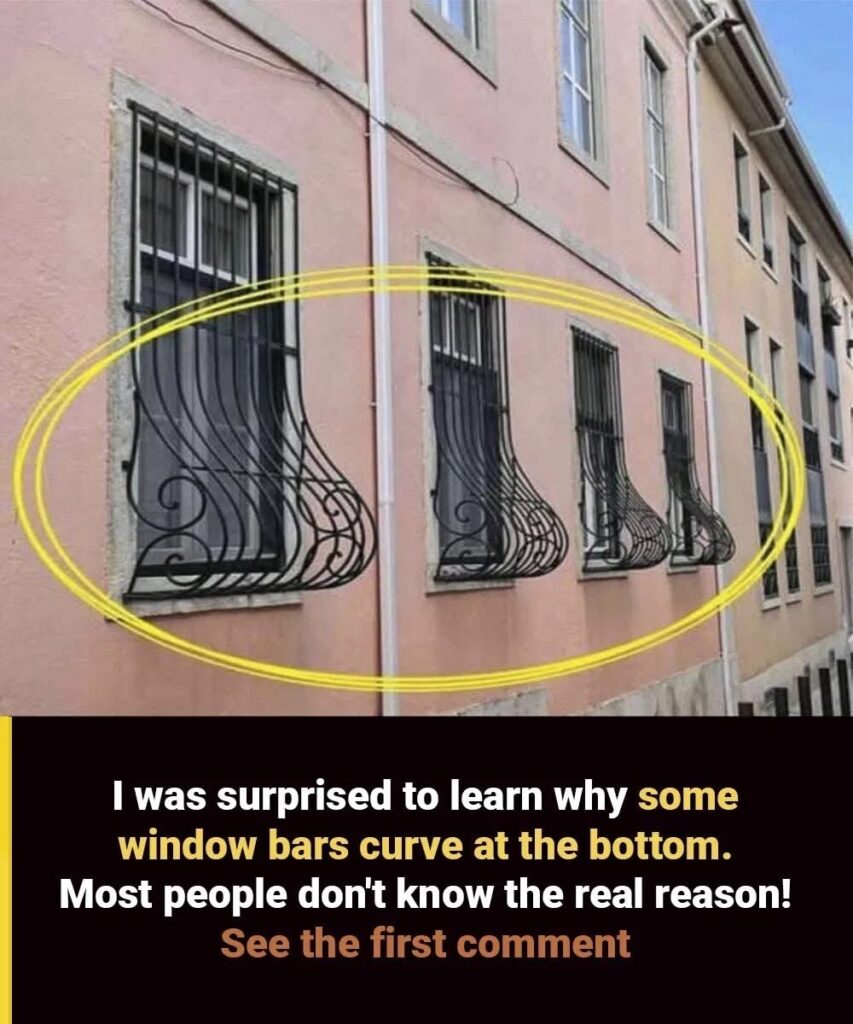
Have you ever walked past a house and noticed window bars that bulge outward in a gentle curve — like a subtle “potbelly” pressing away from the glass? These aren’t just decorative flourishes or quirky bits of metalwork. Known as potbellied window bars, their distinctive shape serves a thoughtful, practical purpose rooted in both tradition and function.
Window bars have long been used as a simple and effective security measure. They allowed residents to keep their windows open for ventilation while still protecting against intruders — especially useful in warm climates or densely populated areas. Originally, these bars were straight and sat close to the windowpane. But over time, their design began to evolve.
The curved shape emerged to create extra space between the bars and the glass. In older buildings, that extra room often served a purpose: holding small potted plants, offering a place to lean out and chat with neighbors, or simply creating a sense of openness in otherwise cramped urban settings. In a way, they functioned as miniature balconies — adding a touch of livability to tight quarters.
Today, potbellied window bars are still found around the world, particularly in historic neighborhoods where charm and practicality go hand in hand. Their distinctive form may catch your eye, but they’re more than a stylistic choice. They represent community, clever design, and a long-standing solution to urban living challenges.


